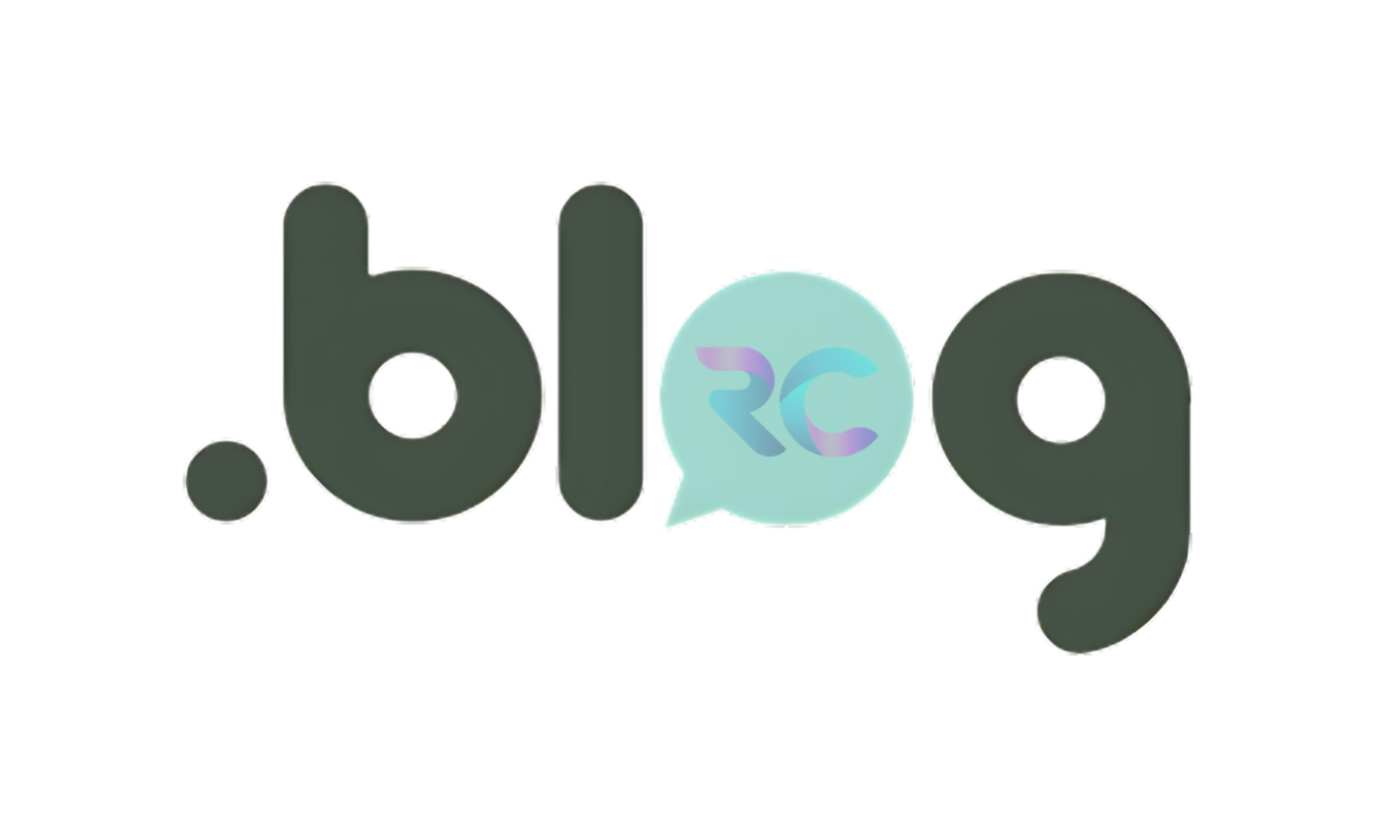
Text Alignment in Web Design: A Comprehensive Guide
In the realm of web design, text alignment plays a pivotal role in shaping the visual appeal and readability of content. From enhancing user experience to reinforcing brand identity, the way text is aligned can significantly impact how information is perceived and engaged with by visitors. In this comprehensive guide, we delve into the nuances of text alignment, exploring its principles, best practices, and implications for effective web design.
Understanding Text Alignment
Text alignment refers to the positioning of text within a designated space, such as a webpage or a text block. It encompasses four primary alignment options:
- Left Alignment: Text is aligned along the left margin, creating a straight edge on the right side.
- Right Alignment: Text is aligned along the right margin, creating a straight edge on the left side.
- Center Alignment: Text is centered within the available space, creating equal margins on both sides.
- Justified Alignment: Text is aligned along both the left and right margins, with spacing adjusted to create even edges on both sides.
Each alignment option carries its own aesthetic and functional implications, influencing the visual hierarchy, readability, and overall user experience of the content.
The Role of Text Alignment in Web Design
- Visual Hierarchy: Text alignment is instrumental in establishing visual hierarchy within a webpage. By strategically aligning headings, subheadings, and body text, designers can guide users’ attention and emphasize key information. For instance, left-aligned headings followed by left-aligned body text create a cohesive flow that aids comprehension.
- Readability: Proper text alignment enhances readability by providing a consistent visual reference point for readers. Left alignment, in particular, is favored for body text in languages that read from left to right, as it facilitates smooth horizontal eye movement. However, other alignment options can be used selectively to create stylistic variation or draw attention to specific content.
- Aesthetic Appeal: Text alignment contributes to the overall aesthetic appeal of a webpage. Different alignment choices evoke distinct visual styles and moods. For instance, centered alignment can convey a sense of symmetry and formality, while justified alignment lends a polished and structured appearance. By aligning text thoughtfully, designers can evoke the desired tone and atmosphere to complement the website’s branding and content.
- Responsive Design: Text alignment plays a crucial role in responsive web design, where layouts adapt to various screen sizes and orientations. Fluid alignment techniques, such as using percentages or flexible containers, enable text to adjust dynamically to different viewport dimensions while maintaining readability and aesthetic integrity across devices.
Best Practices for Text Alignment in Web Design
- Consistency: Maintain consistency in text alignment throughout the website to create a cohesive and harmonious visual experience. Consistent alignment enhances readability and reinforces the website’s visual identity.
- Hierarchy: Use alignment to establish a clear hierarchy of content, with headings, subheadings, and body text aligned in a manner that reflects their relative importance. This helps users navigate the content more efficiently and understand its structure intuitively.
- Consider Accessibility: Prioritize accessibility by ensuring that text alignment choices do not impede readability for users with visual impairments or cognitive disabilities. Choose alignment options that accommodate screen readers and other assistive technologies, and maintain adequate contrast between text and background colors.
- Whitespace: Pay attention to whitespace around aligned text to avoid crowding or excessive empty space. Proper spacing enhances readability and visual balance, allowing content to breathe and reducing visual clutter.
- Flexibility: Embrace flexible alignment techniques that adapt to different devices and screen sizes. Utilize responsive design principles to create layouts that accommodate varying alignment needs without compromising usability or aesthetics.
Conclusion
In the intricate tapestry of web design, text alignment serves as both a functional tool and a creative expression. By understanding the principles and best practices of text alignment, designers can wield this fundamental element to craft visually captivating and user-friendly websites. Whether guiding users’ gaze through a labyrinth of content or infusing a digital space with aesthetic allure, thoughtful text alignment lies at the heart of effective web design, shaping the way we engage with information in the digital age.





